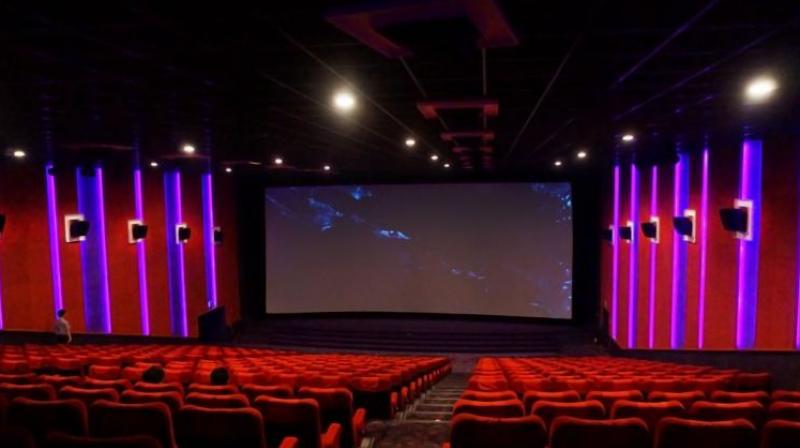Thiruvananthapuram: Cinema academy office to exhibit old editing gadgets

Thiruvananthapuram: A Steenbeck editing table will be one of the artefacts to take pride of place at the lounge of the new Kerala State Chalachitra Academy office being set up at KINFRA.
"But what is a Steenbeck? Editing software?" asked the administrator at a film school based here, whom DC contacted to collect more information about this editing instrument of the past. A young assistant director told DC that they have heard about it, but never had used it.
The flatbed editor with a moviola and a 35-mm projector to be exhibited at the new academy lounge could interest new filmmakers, who might otherwise never encounter these.
Namratha Prasanth, a young editor, says that a Steenbeck editing table, introduced to her during her course at LV Prasad Film and TV Academy, has helped her understand the concepts of editing. "The old editing techniques continue to be used in digital editing," she says.
Since Steenbeck started manufacturing editing tables in 1953 and these were still in use around two decades ago, it might not seem that antique. But for technology, every half decade is a different era.
Moreover, it helps tell the story of a bygone era. Before digitisation, the length of the film used would far exceed the length of the finished film. Louis Mathew, a film expert shares an example of the two hour 30 minutes film, 'Apocalypse Now,' for which over 230 hours of film was printed. "That is an extreme example. But usually, when a 10-minute film is exposed, only two or three minutes would be the usable footage.
Since each roll of film costs Rs 12,000, filmmakers would not go for more than two OK takes. Any extra shot will be only because of technical or performance errors. Now, filmmakers go for more shots just to see how it looks. This also means that post-production takes up more time and money than production. In effect, you can say that the time spent for making a film has not changed much," he says.

